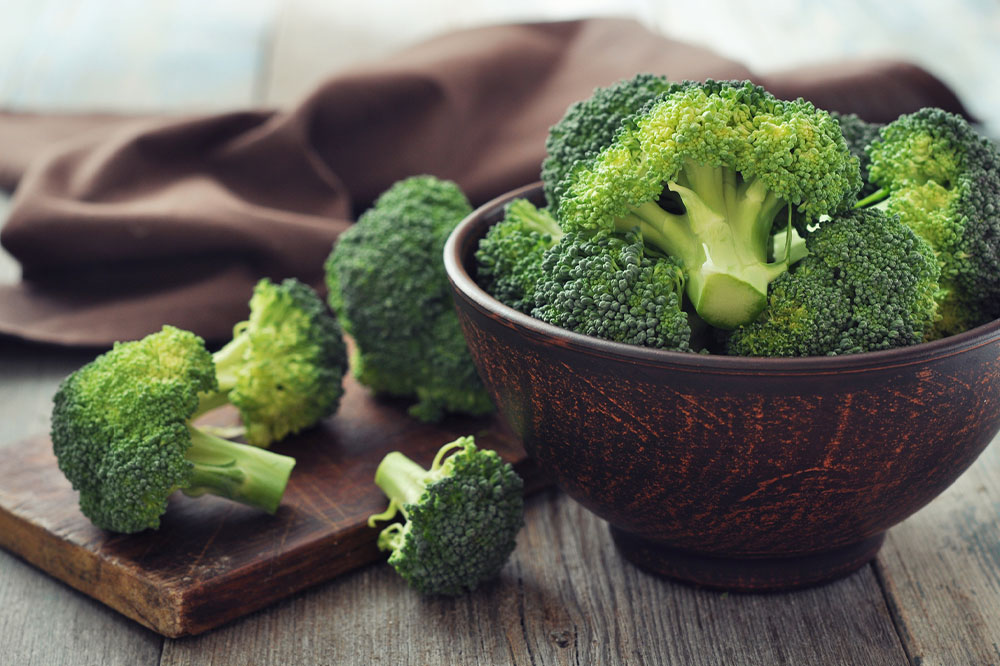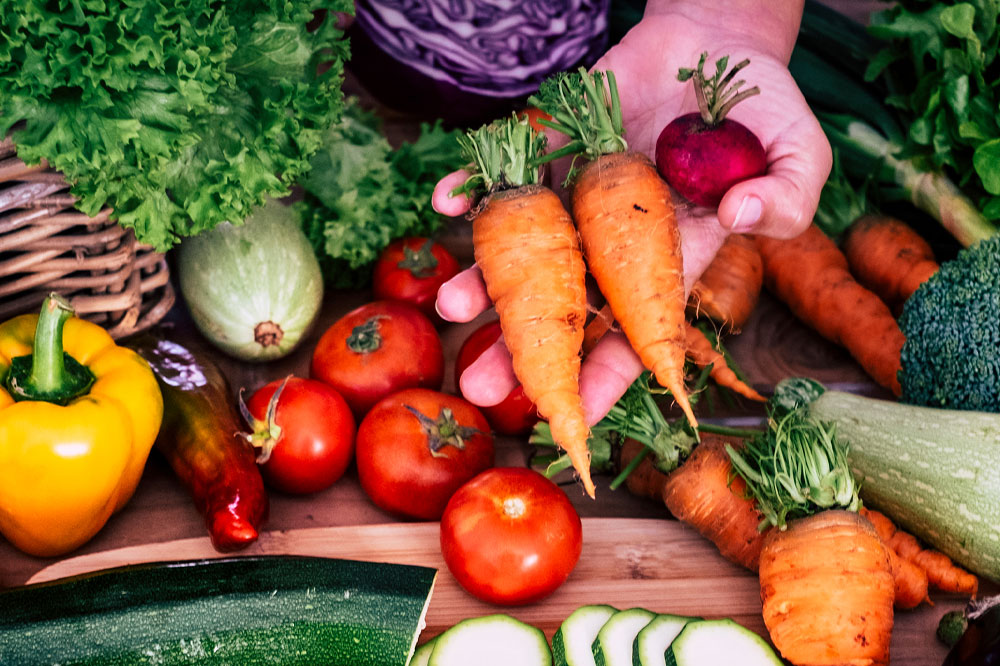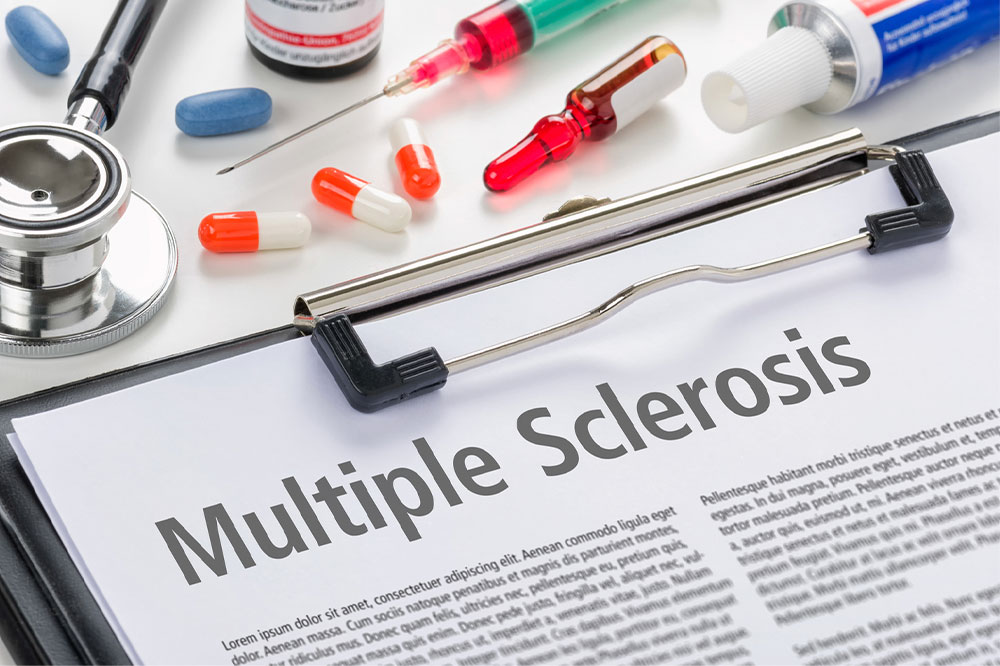4 alternative methods for managing rheumatoid arthritis

Rheumatoid arthritis is quite a painful inflammatory condition, generally classified by the presence of stiffness, soreness, and pain in the hands, wrists, and feet. With the help of treatments, one can alleviate physical stress, reduce inflammation, and keep complications under control. Today, we’ll be discussing the various prescription options, foods that patients should include and avoid on a regular basis, and some management tips that can prove effective for relief:
Treatment options
These prescriptions are known to provide quick action against rheumatoid arthritis symptoms:
ACTEMRA®
This treatment for rheumatoid arthritis contains tocilizumab and is effective for patients with moderate to severe symptoms. The mode of action is based on the blockage of the IL-6 compound that causes inflammation in the body. Actemra® injections can be used as a weekly treatment. On the other hand, the IV infusion is used once every month or as prescribed by the doctor.
Planquenil®
Planquenil® is a prescription option used for addressing inflammatory conditions like rheumatoid arthritis. The primary component is hydrocholoquine, which is sometimes even on its own for certain conditions. Common side effects of Planquenil® include headache, vomiting, nausea, and loss of appetite.
Foods to eat and avoid
Here are some foods to include in a rheumatoid arthritis meal plan:
Beans
Beans help lower inflammation by loading up protein, fiber, and phytonutrient levels in the body. The CRP compounds found in the blood, which are mainly responsible for joint pain and swelling, are also reduced. Three of the best antioxidant-rich beans are small red, red kidney, and pinto.
Fatty fish
Omega-3 is an essential compound required by the body to function optimally, and these fish are packed with it. Research suggests that patients who included a serving of fatty fish in their regular meals had lower levels of inflammatory proteins because of the interleukin-6 compound. Therefore, the inclusion of salmon, tuna, sardines, scallops, herring, and anchovies is considered beneficial.
Fruits and vegetables
Foods that contain a high concentration of antioxidants are helpful in preventing arthritis flare-ups, like green leafy vegetables and citrus fruits. Additionally, the abundance of vitamin K in foods like spinach, kale, cabbage, and broccoli is useful in reducing inflammation. Grapefruit, lime, and orange provide the body with antioxidants and vitamin C that keep the joints healthy.
Nuts and seeds
Monounsaturated fatty acids can be found in large amounts in pine nuts, walnuts, pistachios, flax seeds, chia seeds, walnuts, and more. These nuts and seeds play a significant role in lowering the inflammation levels of the body. A high nutritious value in these foods is due to their fiber and protein content. However, since they are also rich in fats, the recommended intake of nuts and seeds is only one ounce a day.
Those with rheumatoid arthritis need to stay away from these foods:
Fried foods
Eliminating frozen and fried foods is a highly recommended step for those with rheumatoid arthritis. Fried meat and other fast foods are high in trans and saturated fats. Limiting these highly processed foods helps better manage arthritis symptoms. In addition to triggering arthritis symptoms, foods in this class increase the patient’s blood pressure and cholesterol.
Sugary and refined foods
Having foods high in sugar every day can lead to increased cytokines. And high cytokine levels give rise to greater inflammation in the body. This fact calls for the avoidance of baked goods like cakes, pastries, and bread. Those with rheumatoid arthritis need to avoid foods with high corn syrup, fructose syrup, and sugary drinks like packaged juices and sodas.
Food cooked in vegetable oil
Vegetable oils are rich sources of omega-6 fatty acids. And too much of this compound can cause joint inflammation and swollen regions in the body. Limiting the intake of foods made with vegetable oils like corn, safflower, and sunflower oil can prevent the added inflammation and the resultant pain from triggering.
Lifestyle changes
Taking certain self-care measures often helps improve the signs and symptoms of rheumatoid arthritis. When coupled with doctor-prescribed treatment options, these lifestyle changes will help provide better and long-lasting results:
Temperature treatment
Using alternating temperatures is an effective way of pain management often prescribed by doctors and health care professionals. High temperature can help relax the muscles and reduce joint pain, which can be quite handy when dealing with flare-ups. Alternatively, cold temperature treatment can be employed to reduce the sensation of pain and muscle spasms with its numbing effect.
Regular exercise
Following a disciplined routine with regular exercise can improve quality of life and bring numerous health benefits. Then muscles are strengthened when doctor-advised exercise and workouts are added to the routine. Such a habit also improves energy and reduces fatigue.
Stress reduction
Meditation, guided imagery, mindfulness practices, and breathing techniques may help with pain management. Practicing such methods of stress reduction can be used to combat the pain brought on by rheumatoid arthritis by regulating stress levels.
Acupressure and acupuncture
Traditional alternative treatment options like acupressure and acupuncture have been functional in pain management. The former involves applying mild to moderate pressure to certain parts of the body that help relieve pain. Alternately, acupuncture is the technique in which small needles puncture into the patient’s body for relief from symptoms associated with rheumatoid arthritis, like pain and stress.






